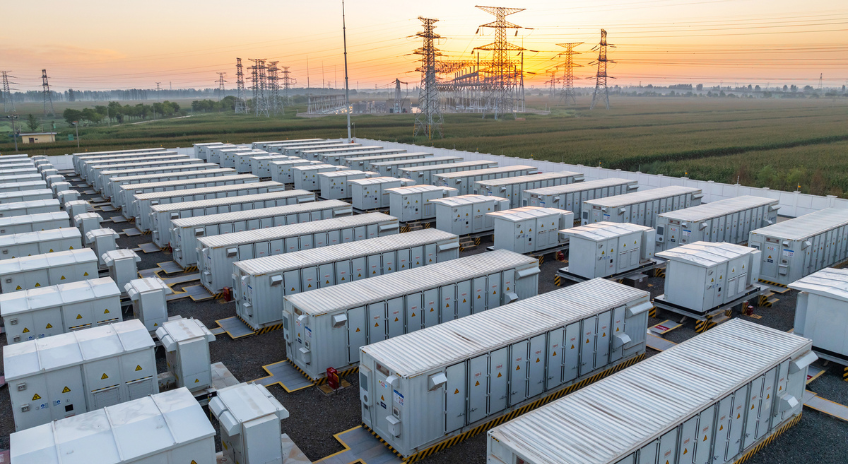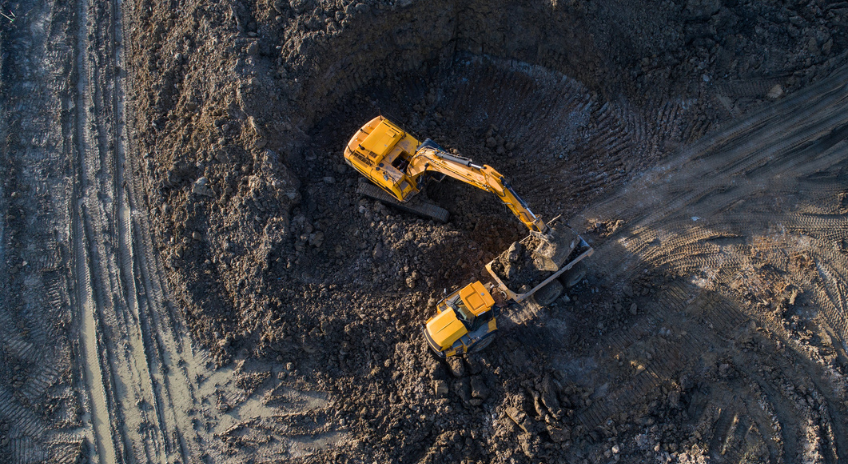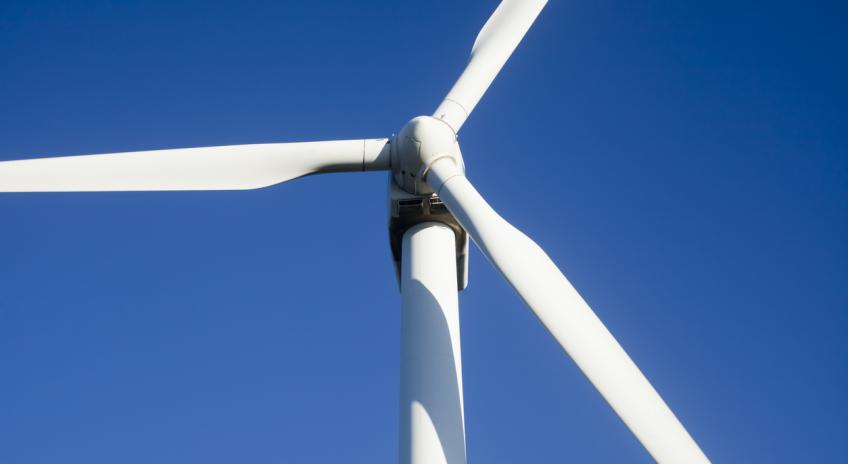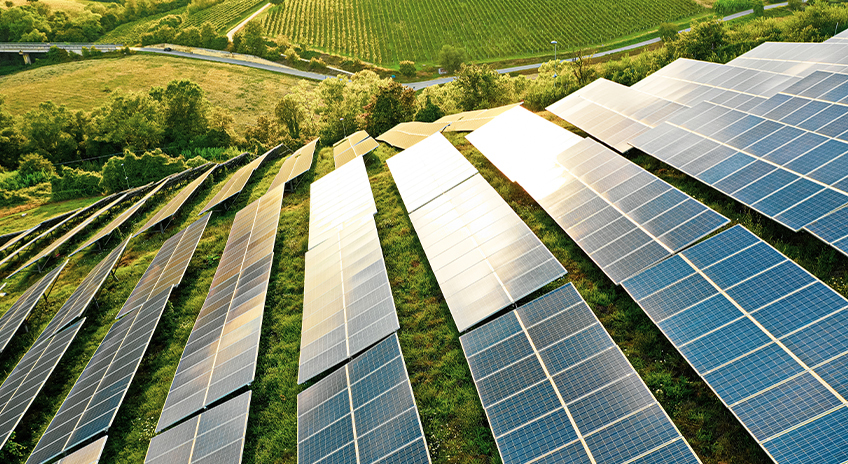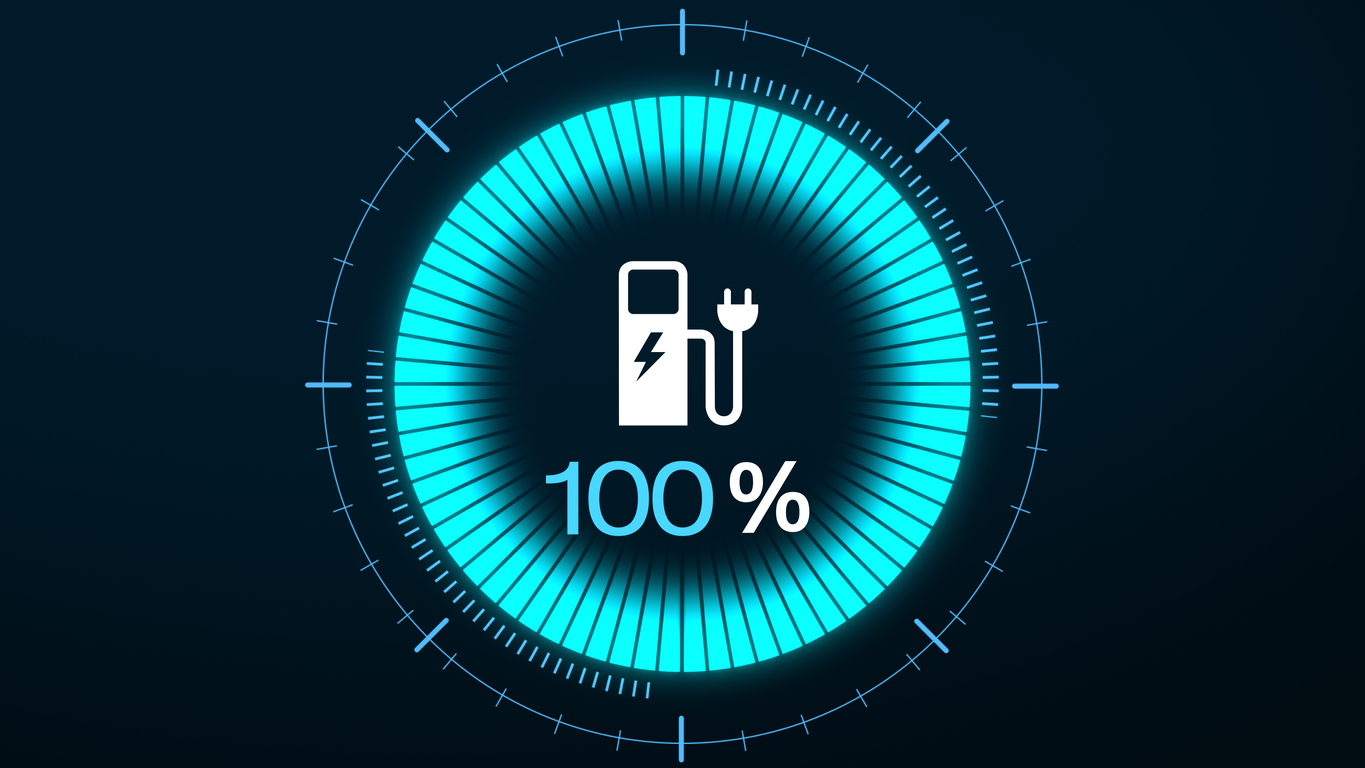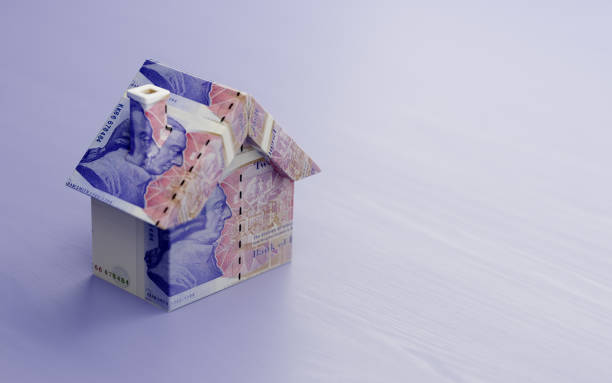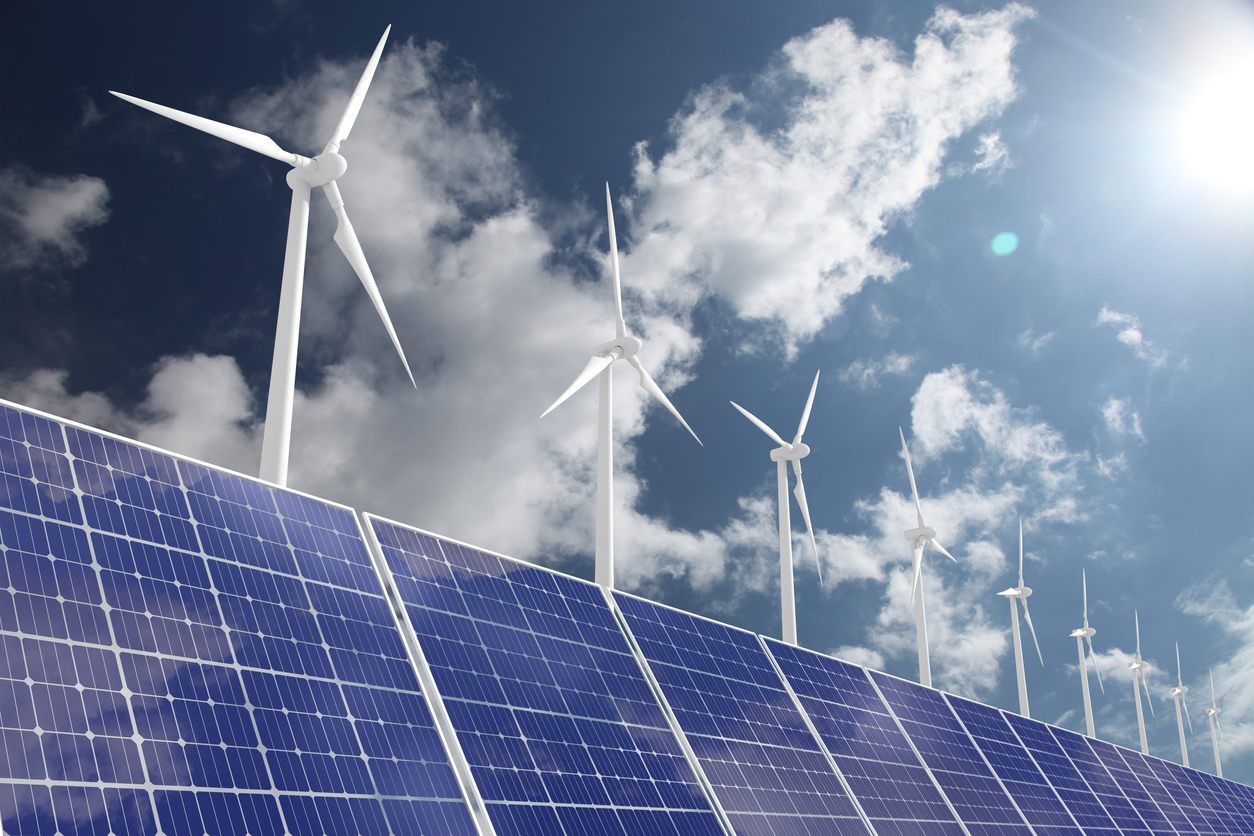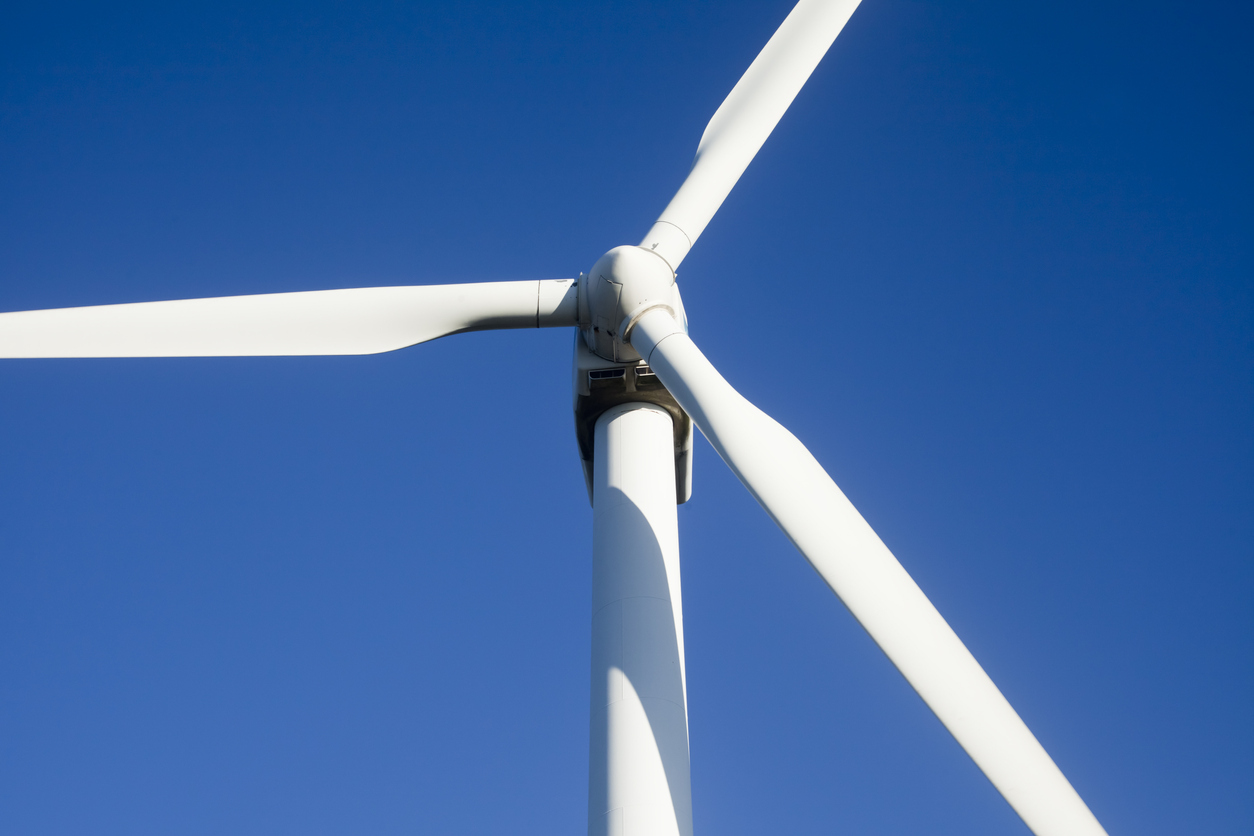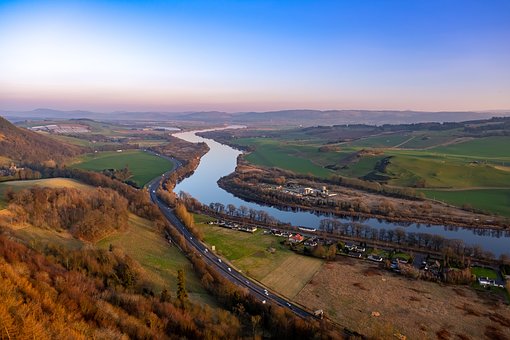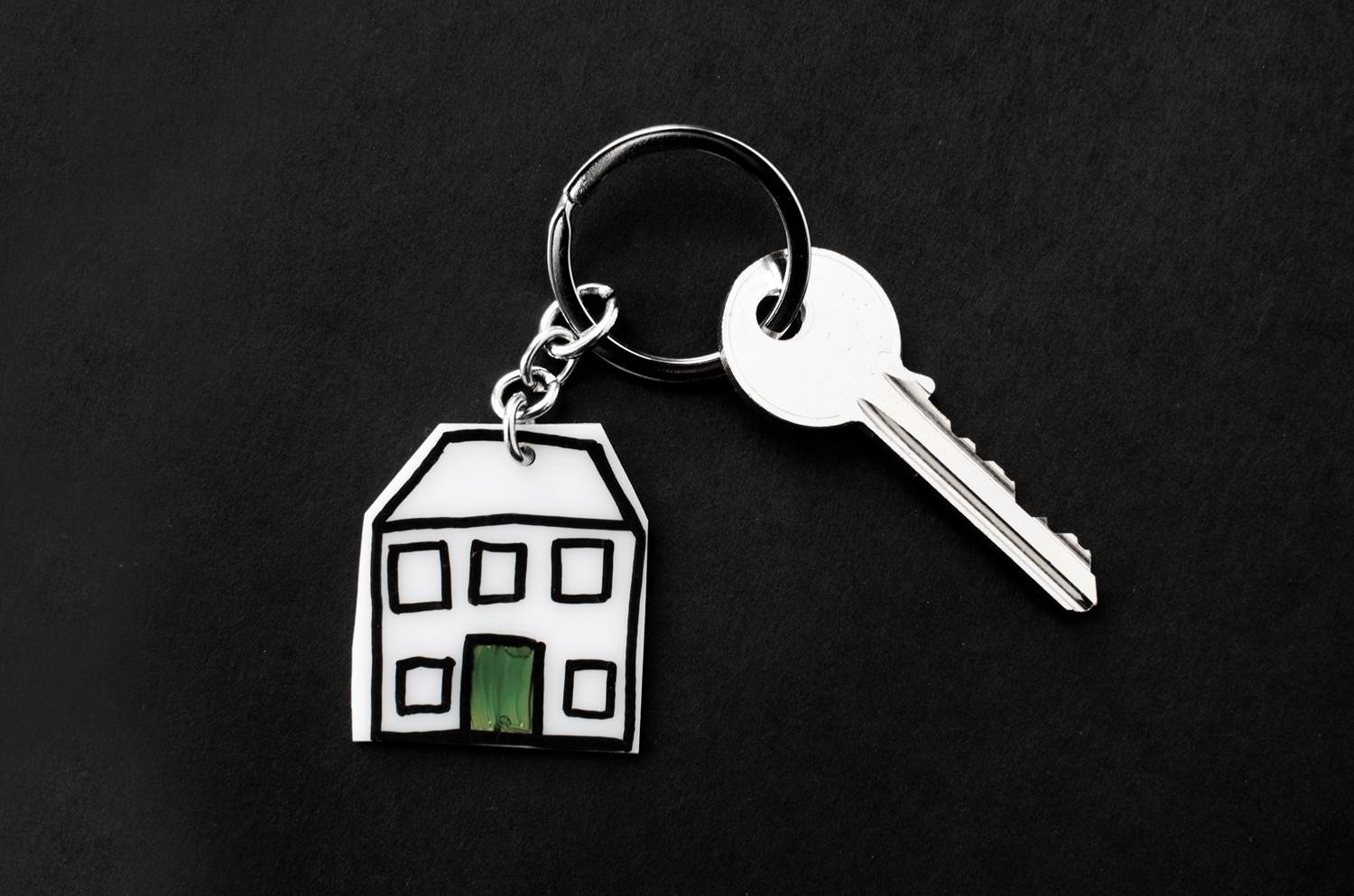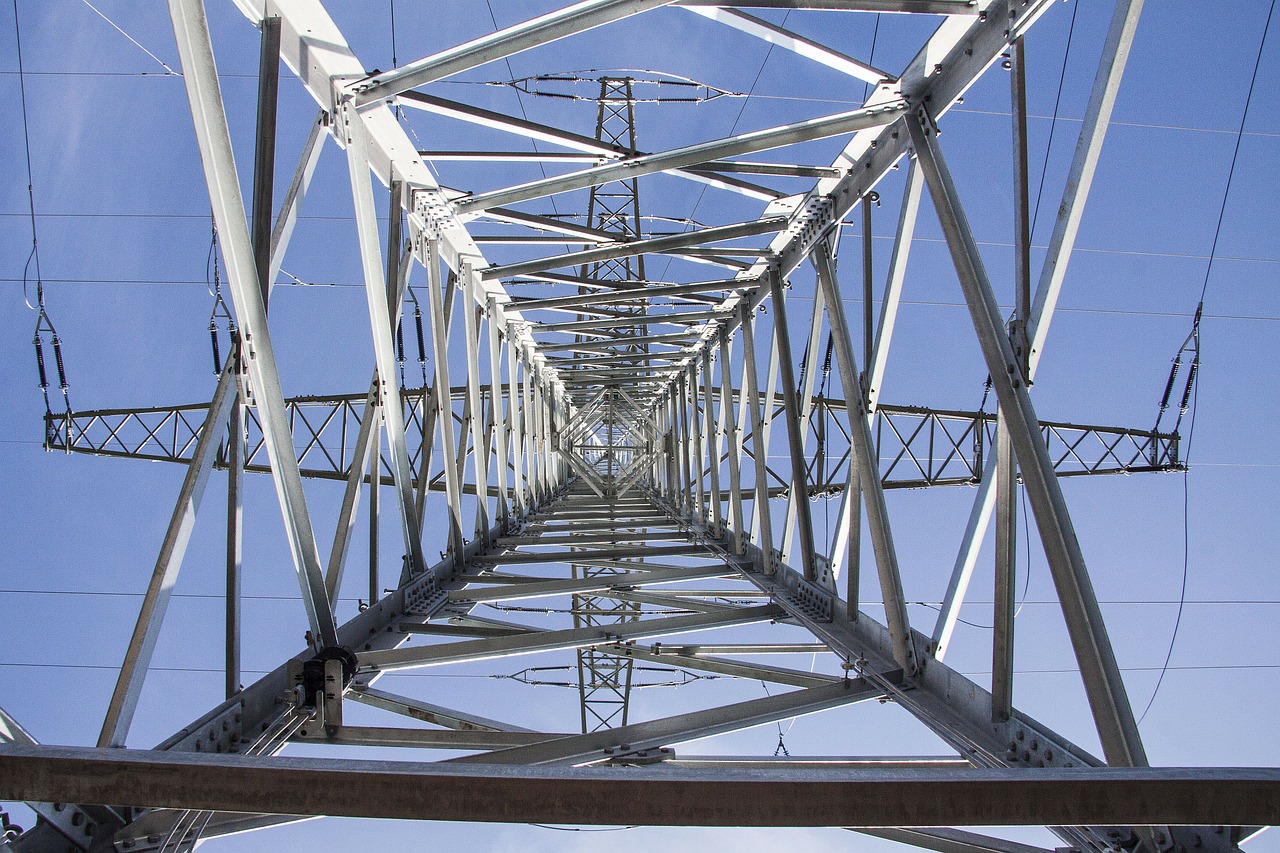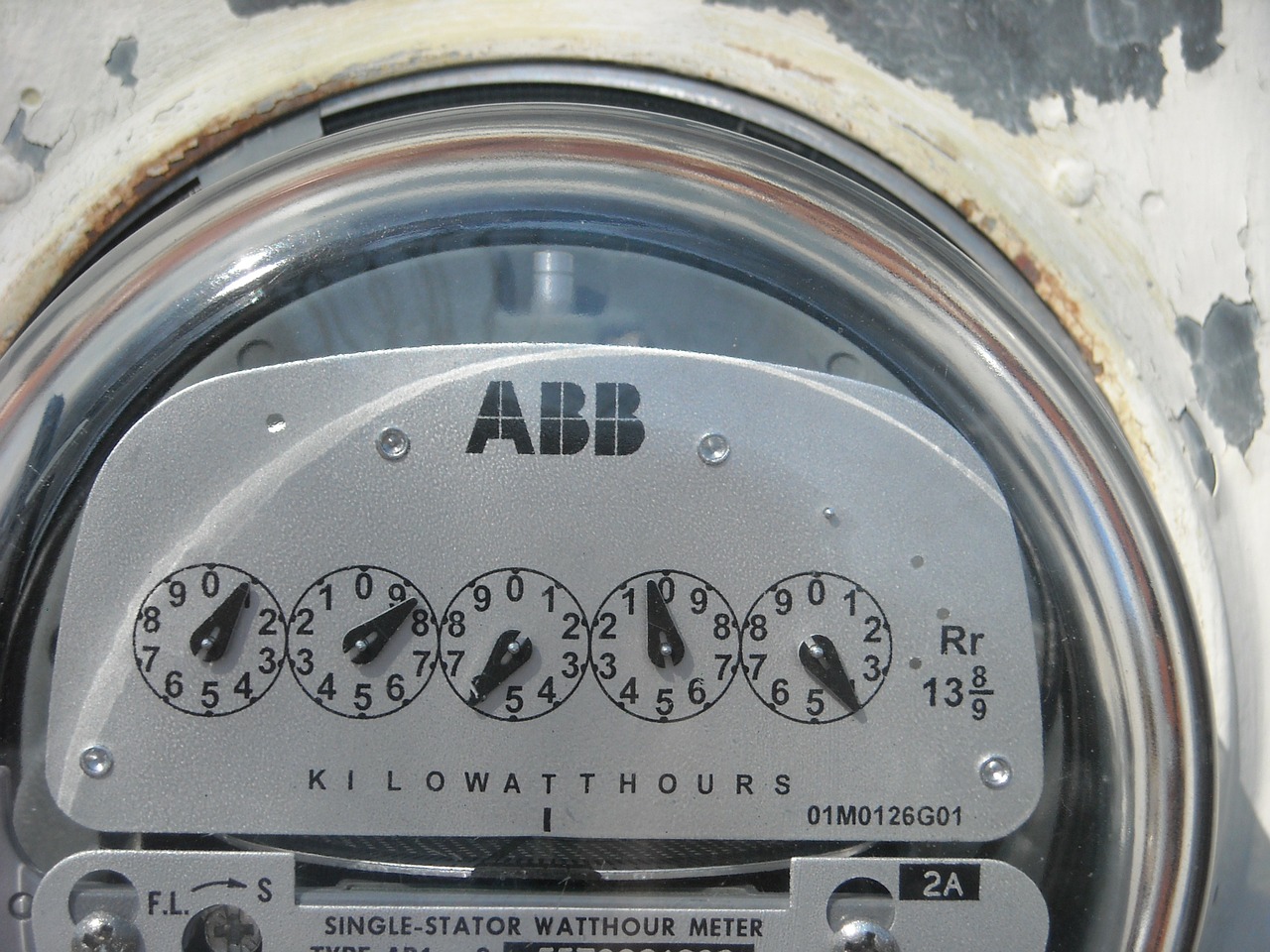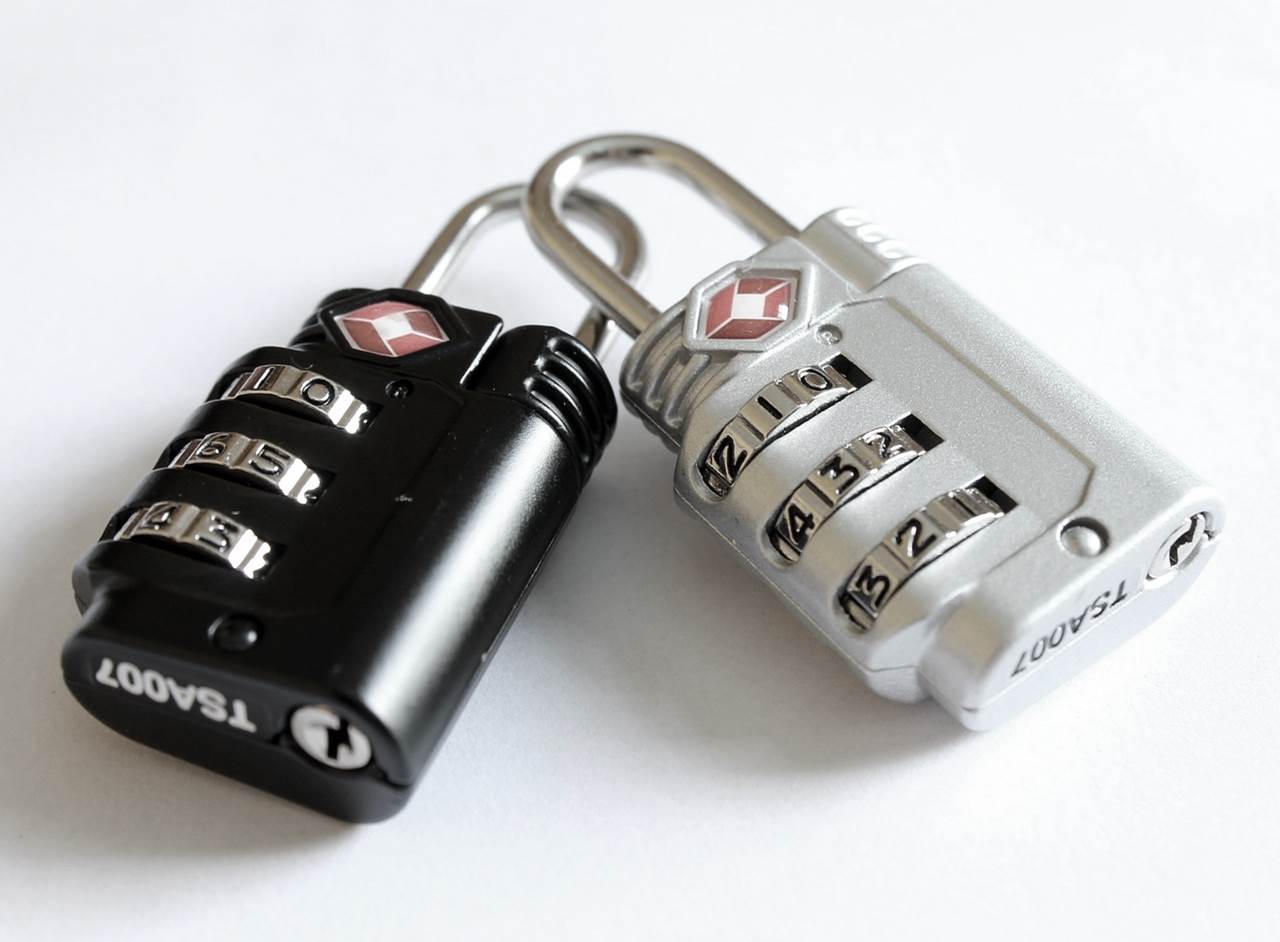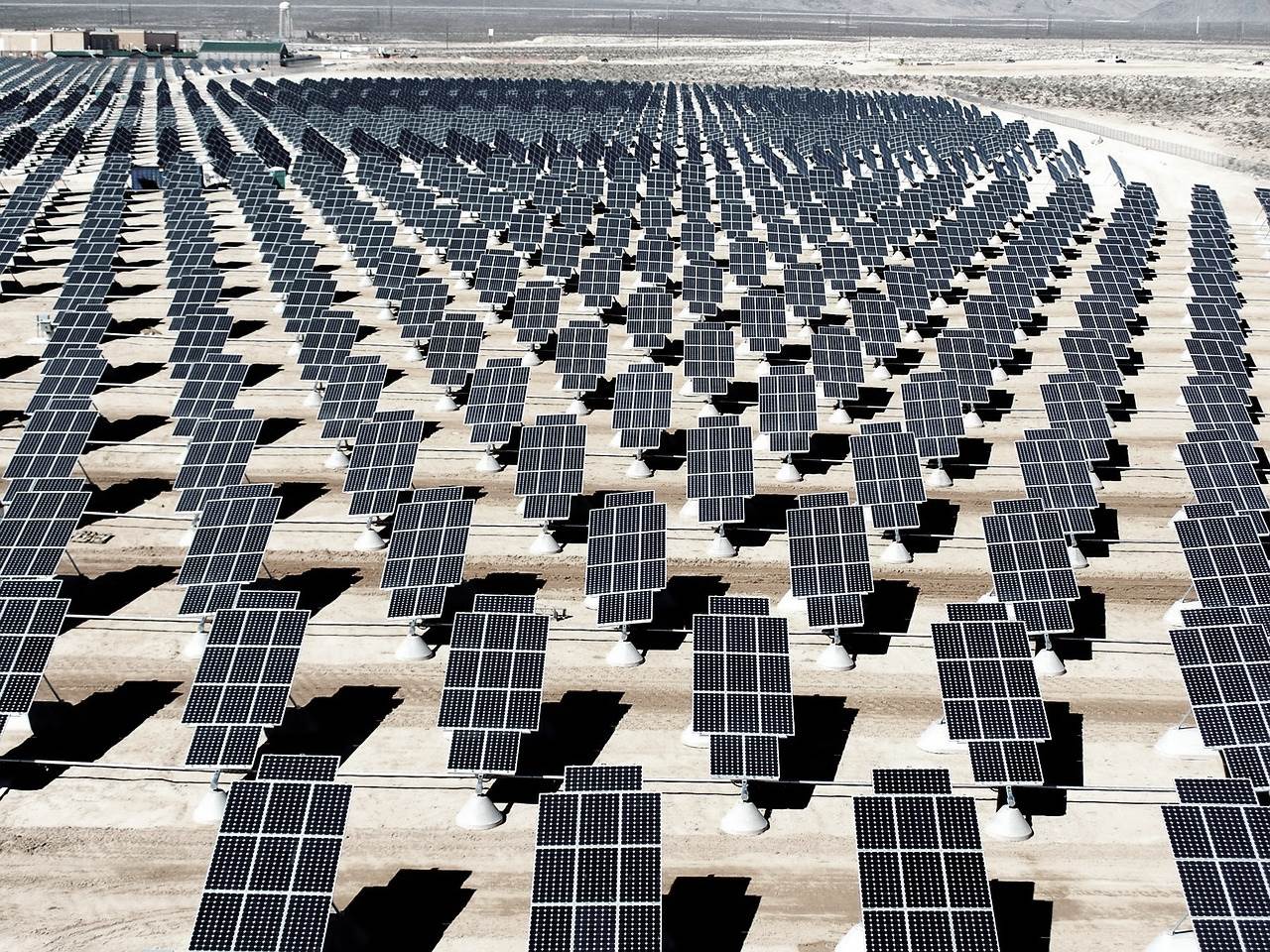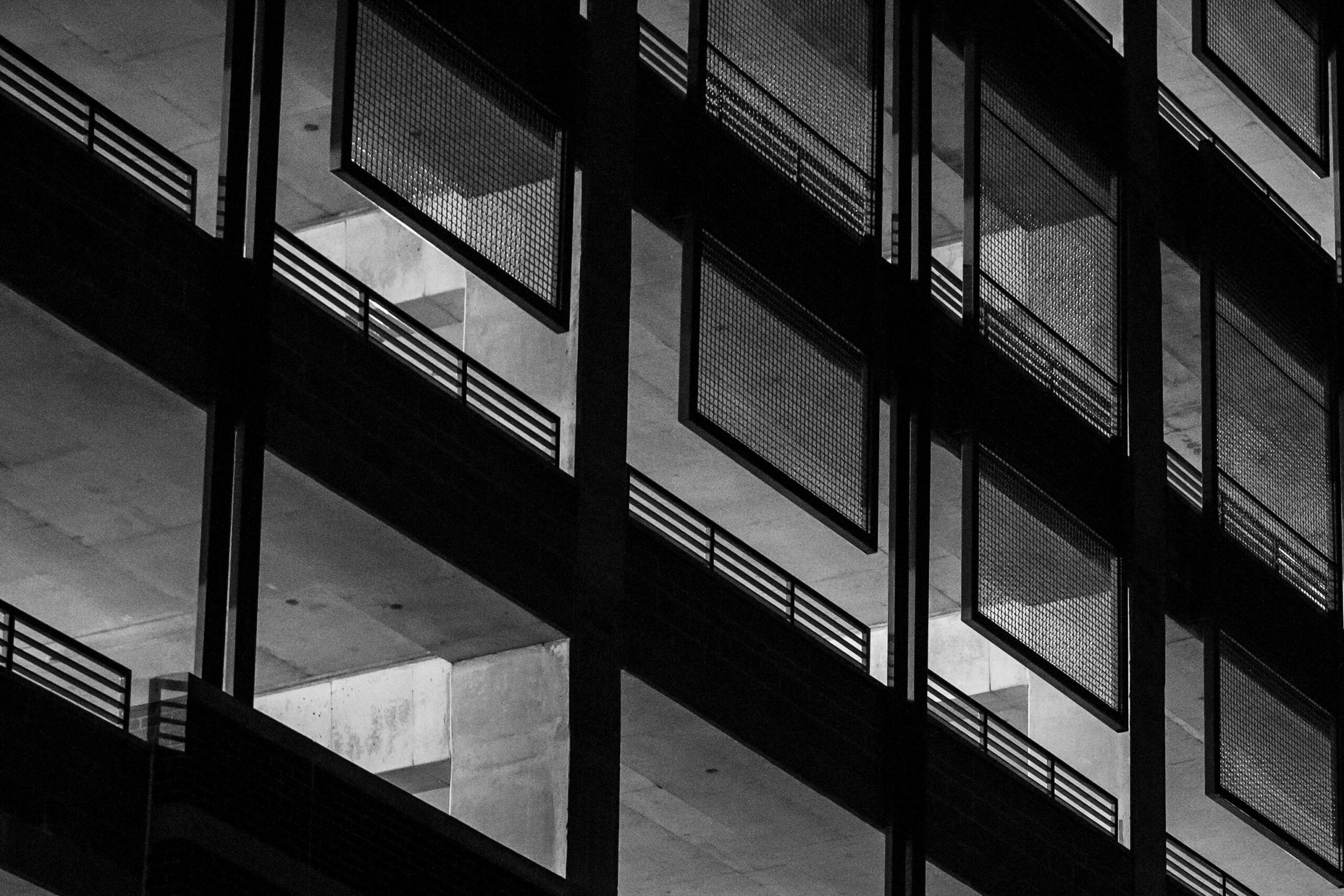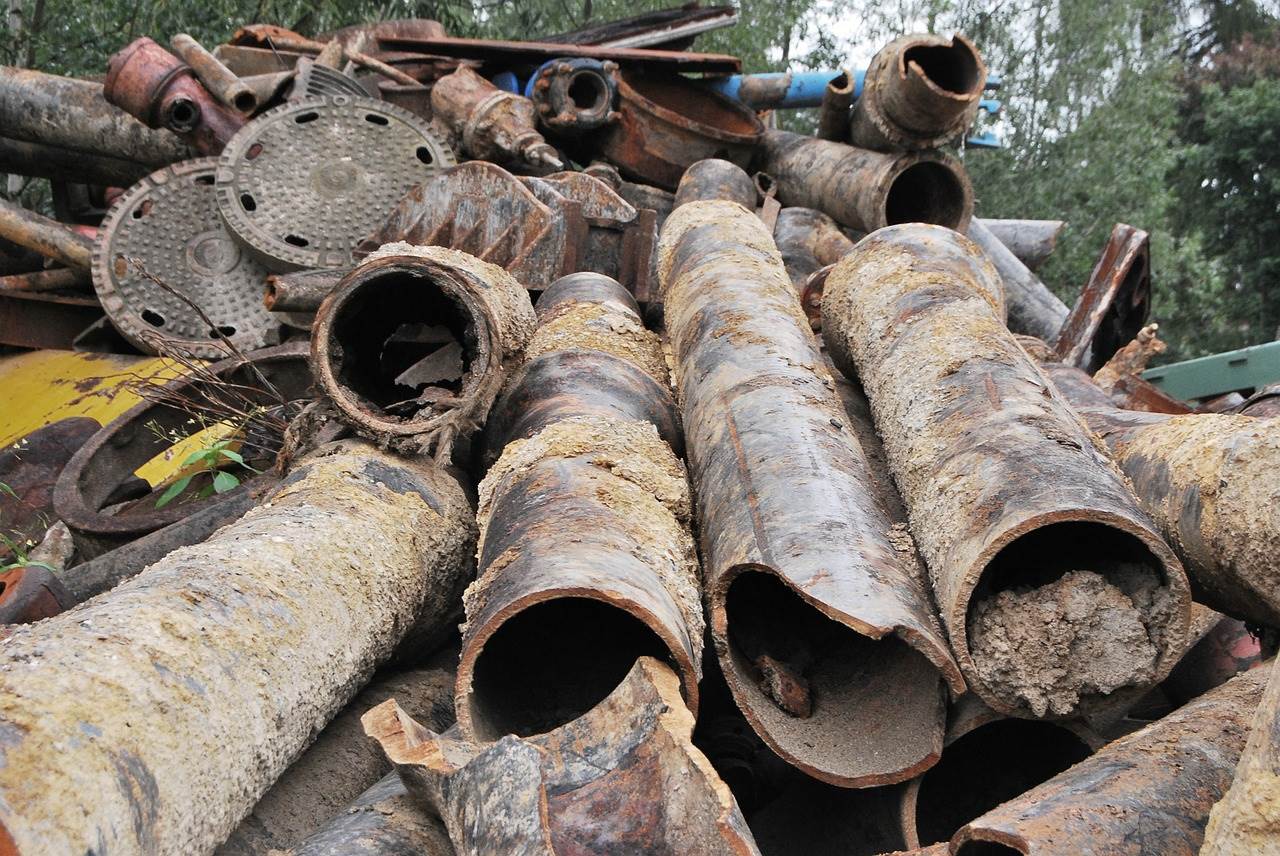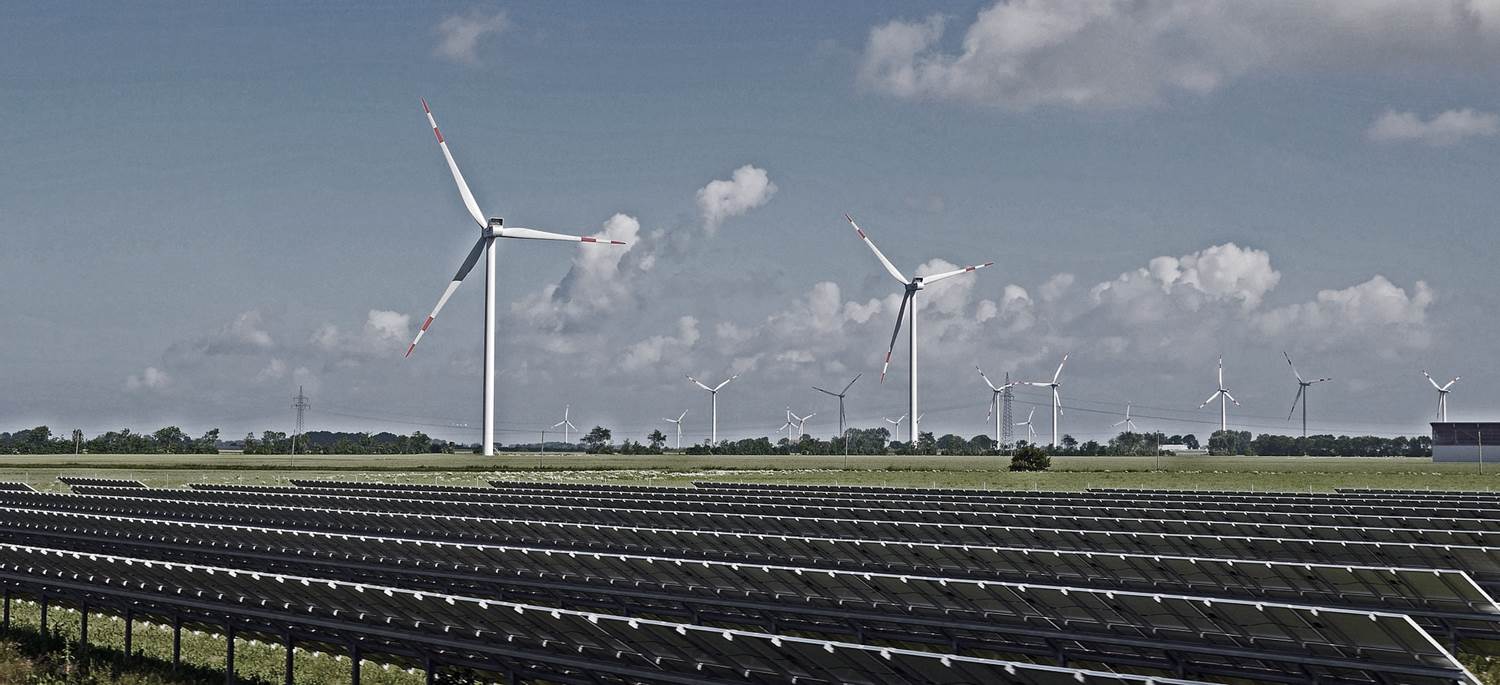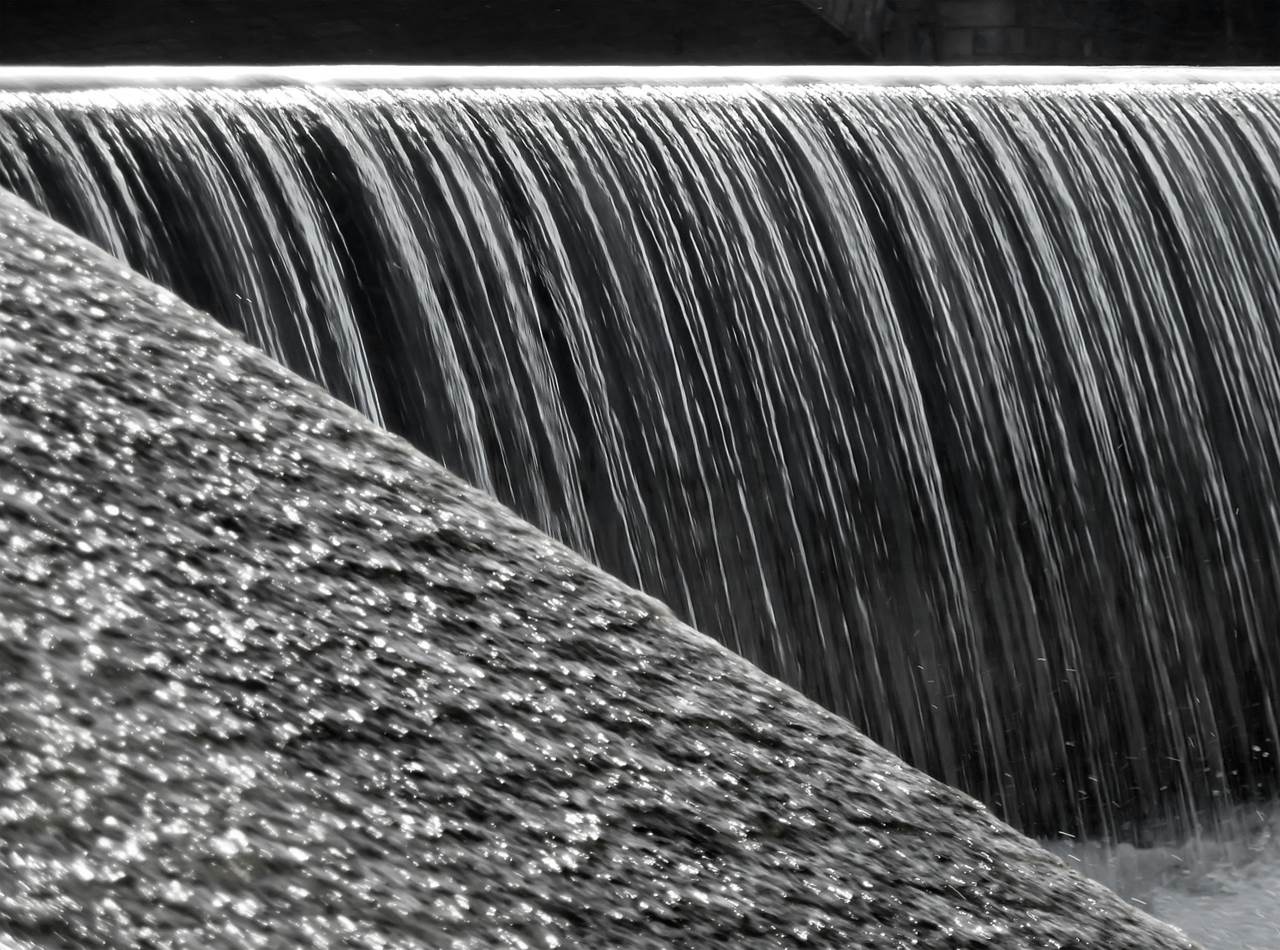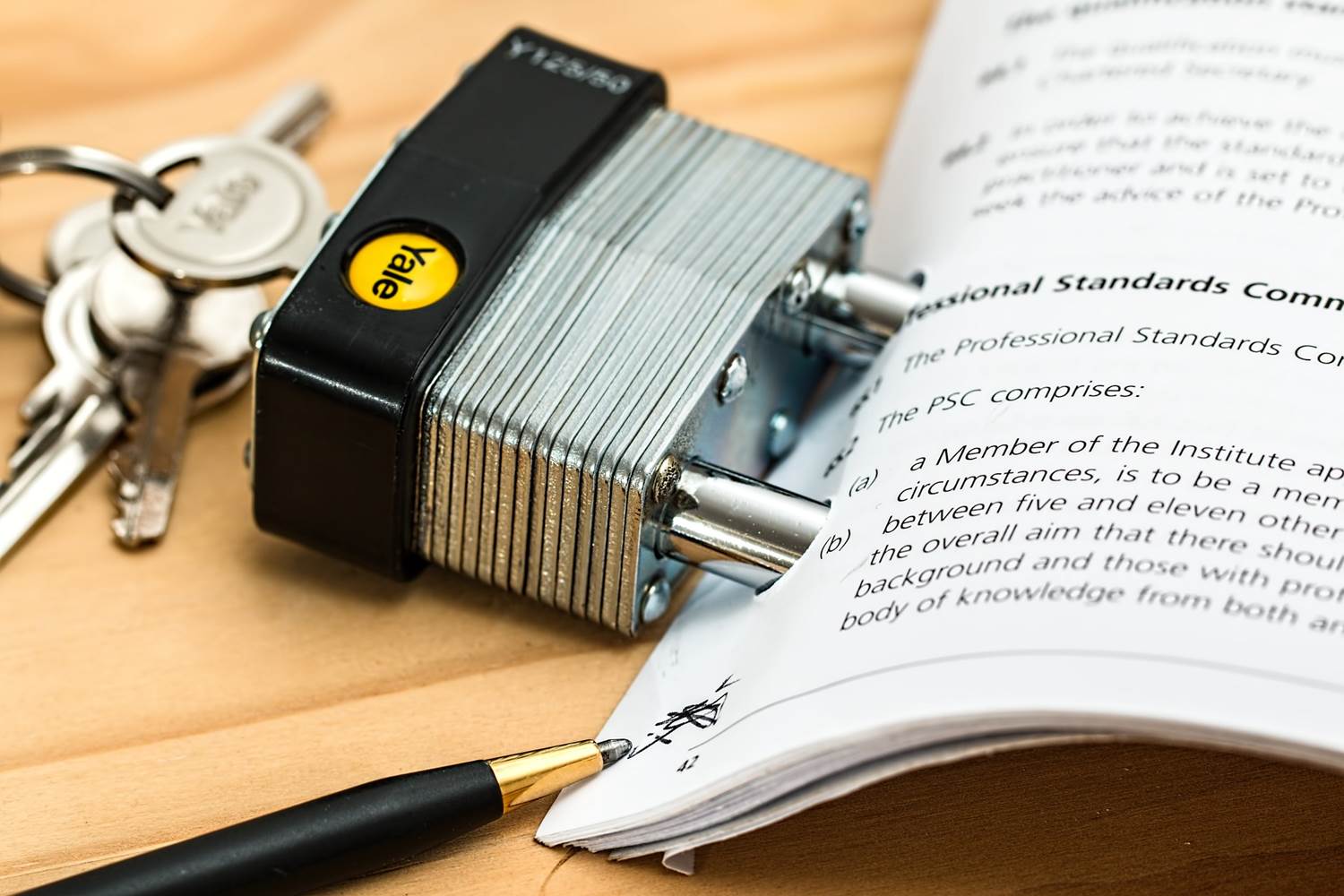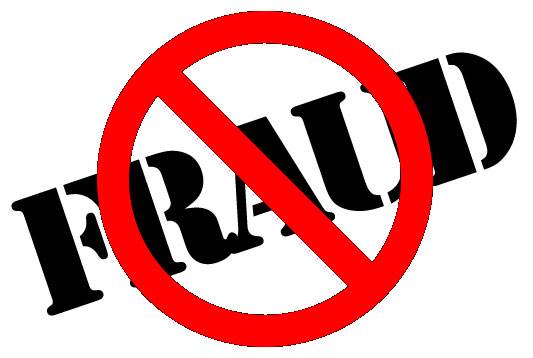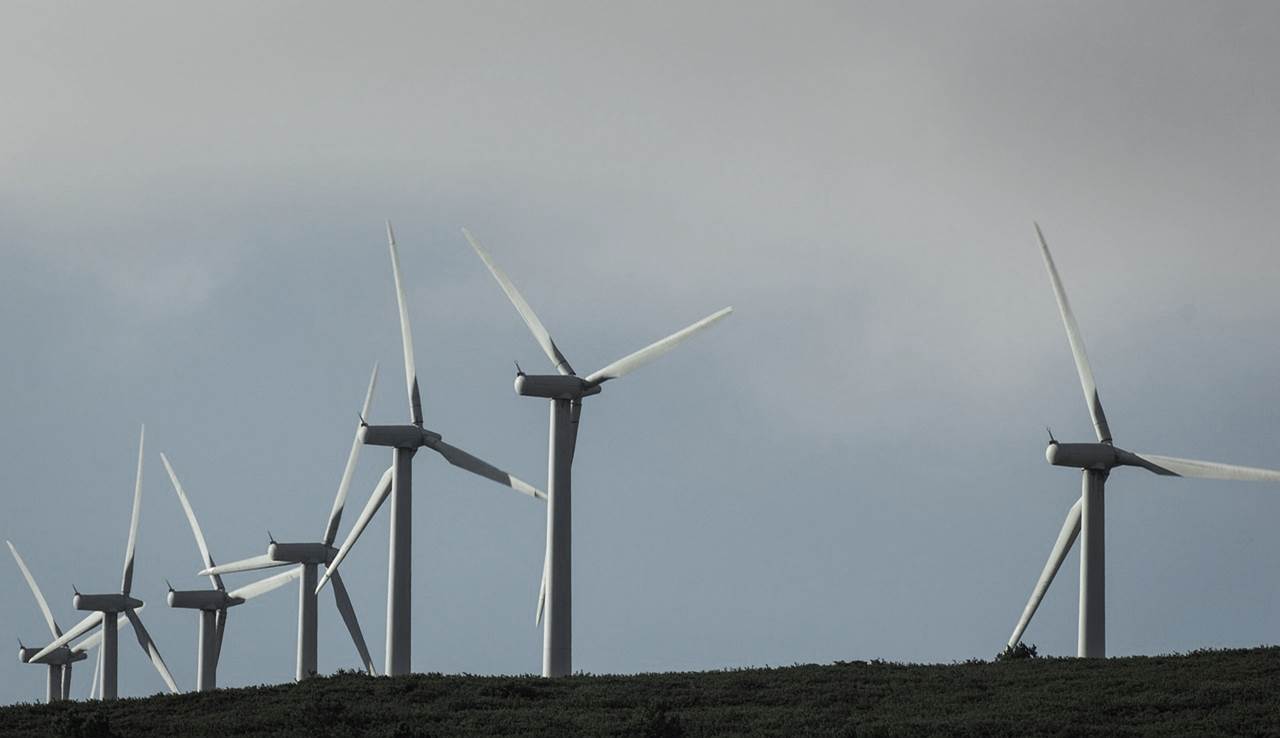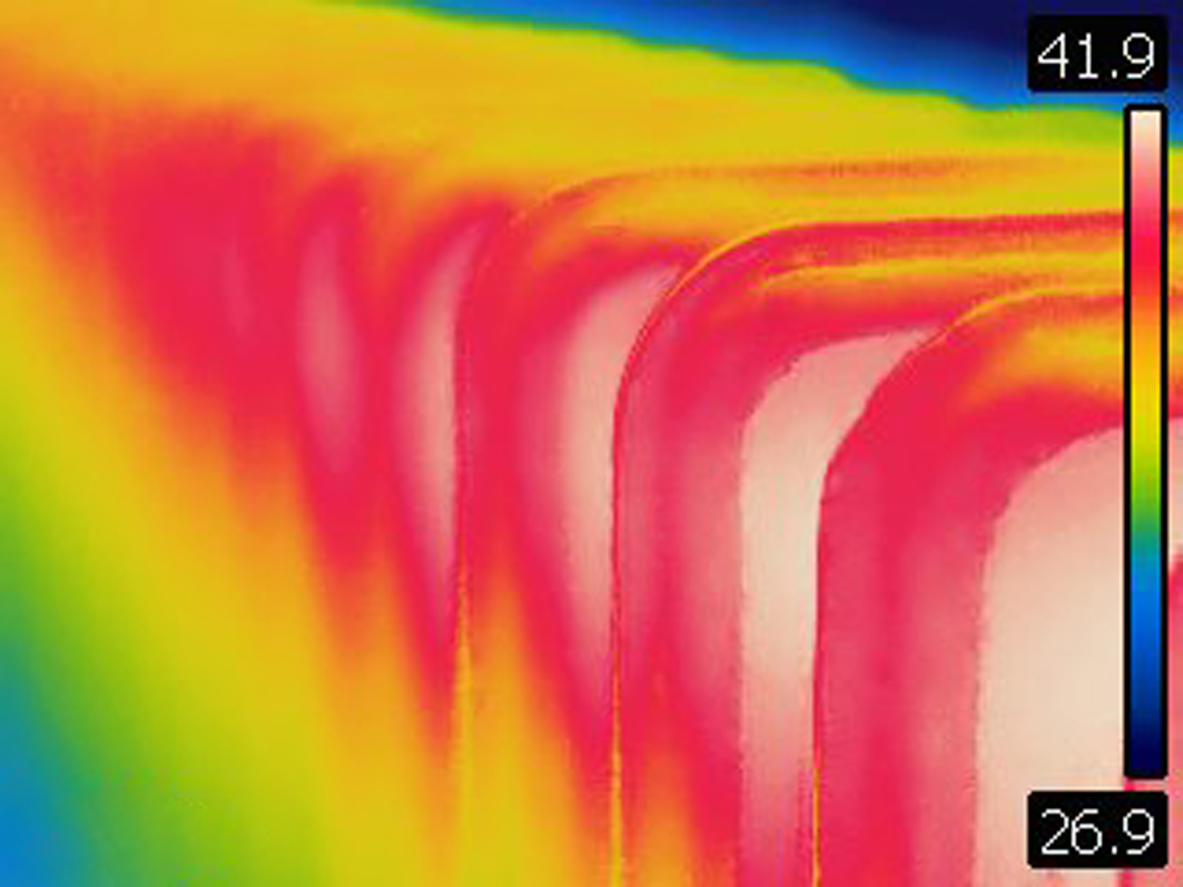
Will the Heat Networks Bill Warm Up the District Heating Market?
Date: 19/10/2020 | Energy & Natural Resources, Residential Development
After declaring a climate emergency in 2019 the Scottish Government has set ambitious targets for reducing carbon emissions from heating. Most significantly, they set the target of eliminating carbon emissions from heat by 2040. One means of reducing carbon from heat has been utilising thermal heat networks, also known as district heating.
Heat networks can be run from both conventional and renewable energy sources. As the one system can heat multiple buildings and properties they tend to be markedly more efficient than each building or property having its own individual heating system.
Heat networks are not new to Scotland. There are multiple longstanding heat networks in operation throughout Scotland; for example the Lerwick District Heat Network has been in existence since 1989. However, only 1% of heat in Scotland is provided by a heat network. This is in stark contrast to other parts of Europe which rely heavily on heat networks; for example 98% of buildings in Copenhagen are connected to a heat network.
The Scottish Government appears keen to accelerate the growth of heat networks throughout Scotland and, in the Programme for Government set out last month, the Scottish Government made it clear that it would progress the Heat Networks Bill in this parliament. It remains to be seen how realistic this proves to be given the ongoing pandemic and the fact that there are Scottish Parliament elections in 2021.
At the moment heat networks are unregulated in the United Kingdom and the market is fragmented. The Heat Networks Bill will be the first attempt made in the UK to regulate heat networks and heat network operators. Some of the key aspects of the Bill are:
1. The creation of a Licensing Authority
The Bill sets out that the licensing authority will be The Scottish Ministers or any other body which the Scottish Ministers may designate. It is thought that Ofgem is the Scottish Government’s preferred licensing authority, but the Scottish Government do not have the authority to add the licensing of Heat Networks in Scotland to Ofgem’s remit.
2. Licences will be required
The Bill makes it an offence to supply thermal energy to a building through a heat network without a licence. The offence would be punishable by fines of up to £10,000. This means that new and existing heat network operators must apply for and be granted a licence after the bill comes into effect.
When making a decision on granting a licence the Bill sets out that the licensing authority must take into consideration the applicant’s knowledge, expertise, experience and ability to operate a heat network in a manner than minimises greenhouses gases.
The Bill also provides that the licensing authority may only grant a licence where it is satisfied that the applicant has the ability to perform the activities authorised under the licence in line with the licence conditions. The Bill does not detail the licence conditions that must be complied with. It is anticipated that the conditions will be detailed in secondary legislation.
3. Licence holders will be given rights
The Bill confers rights on licence holders including:
-
The right, with authorisation of the licensing authority, to compulsorily acquire land required in connection with the construction or operation of the heat network.
-
A wayleave right to install and keep installed heat network apparatus on, under or over land and to enter onto land to install, inspect, maintain, adjust, alter, repair, operate or remove the apparatus. This allows heat network operators to install heat network infrastructure up to the curtilage of buildings located within the heat network.
-
A right to access land to carry out a survey for the purpose of determining whether the land is suitable for the construction and operation of a heat network.
-
A right of access to fell, lop and cut back the roots of any tree and shrub that is in the proximity of the heat network apparatus.
The Bill sets out the procedure for the licence holder exercising these rights and obliges the Licensee to pay compensation to property owners for any damage caused in the exercise of those rights. These legal powers are similar to those already given to gas and electricity providers. It is hoped that granting these rights will allow operators to install the infrastructure necessary to develop a heat network with greater ease. However, the Bill does not confer any rights to Licensees to carry out any works to the public road network. In contrast, there are existing processes in place to allow other utility providers to access and carry out works. Without road work rights it will be difficult for operators to install and operate a heat network.
4. Heat Network Zones
The Bill gives local authority the right to designate an area suitable for construction and operation of a heat network as a “heat network zone” or ask the Scottish Ministers to do so. It is hoped that this will allow for the strategic development of heat networks.
Each local authority is obliged under the Bill to carry out a review and consider whether one or more areas have the potential to be turned into a heat network zone. After each review the local authority must publish a statement setting out its decision in relation to the reviews.
A permit to operate a heat network within a heat network zone will be granted to one operator. By giving an operator exclusivity, it should give funders, as well as the operator, the confidence to make the initial infrastructure investments to construct the heat network zone.
In spite of the length of the Bill there are some significant gaps in the detail (some of those gaps are highlighted above). However, the Bill provides a framework for more detailed secondary legislation which will provide a full suite of regulations. It will likely be an additional 3 or 4 years before secondary legislation is passed and the first licences can be applied for.
In effect, the Heat Network Bill is the first step in turning heat in and of itself into a utility to sit alongside gas, electricity, water, telecoms and other utilities. Much of the Heat Network Bill builds on the existing regulatory regimes for other utilities. However, each of the other utilities are subject to far more extensive regulation than is set out in Heat Network Bill. The devil may very well be in the detail of future subsidiary legislation.
Ultimately, it is hoped that the Heat Network Bill will trigger growth within the sector by ensuring consistent standards across the heat network market and creating a more level playing field with other heat providers. Building and operating a heat network is a long-term investment and involves significant funding to create the necessary infrastructure. As such most heat networks will require multiple funding schemes. The policy-makers hope that regulating heat networks will give funders and investors confidence that there will be a return on their investment. However, there remains much uncertainty as to who those funders and investors may be and how their investments will integrate with existing property owners, property developers, tenants and the wider residential and commercial property markets. It is also wholly unclear how practical it will be to retrofit heating networks into the existing built environment at least without significant government fiscal incentives or statutory compulsion.
At Davidson Chalmers Stewart we have extensive experience of renewable energy projects, commercial property development, residential development and property investment. If you are contemplating utilising a heat network in your development or simply want to explore more of what the issues may be please contact the Renewables Team.

